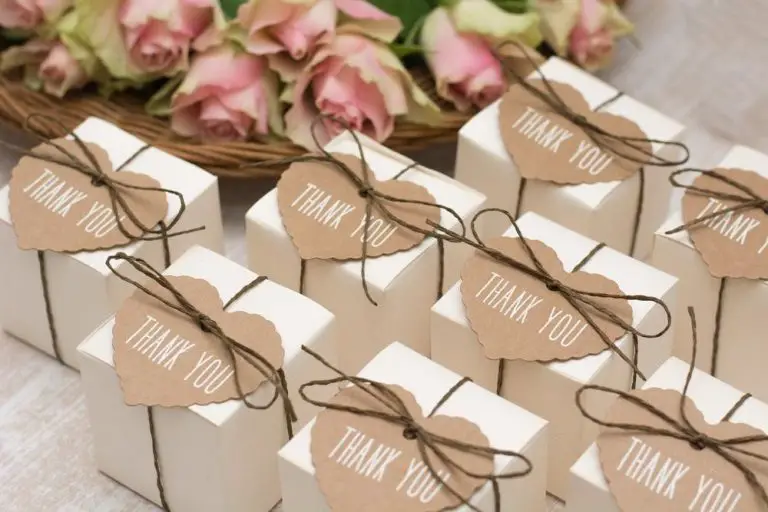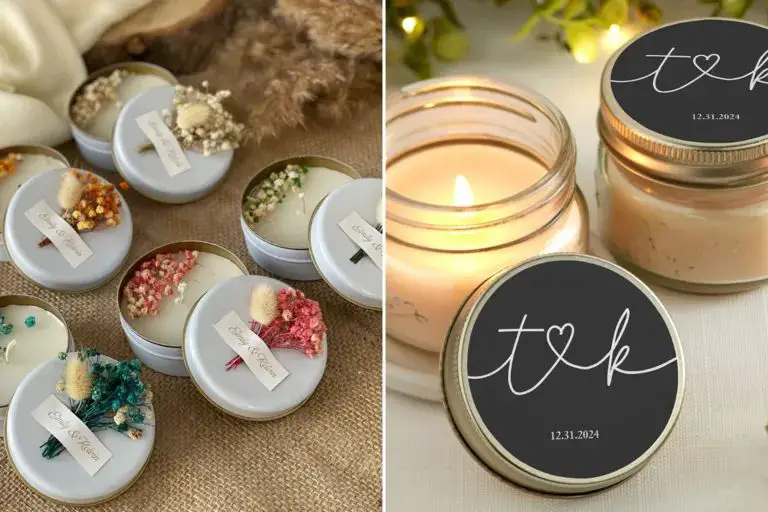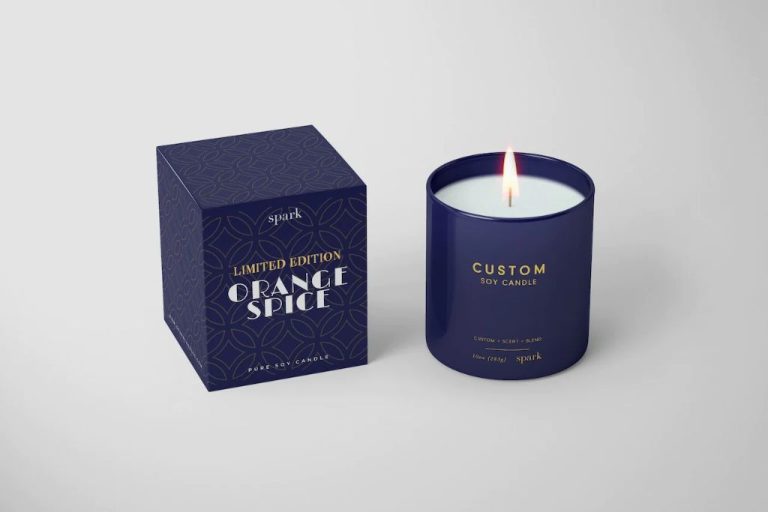How Do I Start A Candle Fundraiser?
Purpose of Candle Fundraisers
Candle fundraisers are a popular way for organizations like schools, churches, sports teams, and other charitable causes to raise money for their needs. Candles are an easy product to sell because most people use and enjoy candles in their homes. The fundraising process can be a fun group activity as members work together towards a common goal.
According to one source, “It’s no wonder candles are one of the most popular products sold for fundraisers.” (https://www.raiseright.com/blog/candle-fundraising)
Choosing Candle Scents and Styles
When selecting scents and styles for your candle fundraiser, it’s important to consider seasonality, demographics, branding, and offering variety. Some of the best selling candle scents include vanilla, lavender, apple cinnamon, and pumpkin spice [1]. Florals and fruity scents tend to be popular in spring and summer, while spicy and cozy scents sell better in fall and winter. You’ll also want to think about your target demographic – younger buyers may prefer sweet foodie scents like cake or candy, while older buyers tend to like classic scents like pine or clean cotton.
It’s wise to choose scents and styles that fit with the branding or mascot of your school, team, or organization. Offering a wide variety of options can help increase sales. The top sellers are often classic scents, but you can sprinkle in some unique or trendy options too. Scent trends change over time, so do some research each year into the most popular candle scents and packaging styles [2]. Regional preferences can make a difference as well – coastal states may sell more ocean or beach scents [3]. Aim for 5-10 scent varieties, and have samples on hand for buyers to sniff before purchasing.
Finding a Candle Supplier
Choosing the right candle supplier is key to having a successful fundraiser. When reviewing suppliers, consider things like minimum order sizes, delivery times, prices per unit, and nonprofit discounts. Some popular candle fundraising suppliers include La-Tee-Da! (https://www.fundraisingwithcandlefundraisers.com/), Fundraising With Candle Fundraisers (https://www.best-fundraising-ideas.com/candle-fundraising-companies), and Fundraising Zone (https://fundraisingzone.com/brochure-fundraising-ideas/candle-fundraiser-companies/).
La-Tee-Da! offers soy candles in a variety of scents and styles. They have no minimum order requirement and offer discounted nonprofit pricing. Delivery takes 2-3 weeks. Fundraising With Candle Fundraisers has a low minimum order of only 12 candle units. They deliver within 7-10 business days and offer wholesale pricing for nonprofits. Fundraising Zone provides a nice comparison of various candle fundraising suppliers to help you choose the right one for your needs.
Be sure to get price lists from multiple suppliers and compare their costs per candle unit, delivery fees, and minimum order sizes. Many will provide discounted nonprofit pricing or free shipping over a certain order threshold. Order a few sample candles from top choices to assess quality before committing to a large order.
Setting Your Candle Sale Price
When setting the sale price for your candle fundraiser, it’s important to calculate your expenses per unit and determine your profit margin goals. Compare your pricing to similar candles being sold at retail to ensure you remain competitive.
First, add up all your expenses associated with procuring the candles, including wholesale candle costs, shipping and taxes. Divide the total expenses by the number of candles to determine your cost per unit. Next, decide what profit margin you are aiming for. Most fundraisers aim for a 40-50% profit margin. To calculate, take your desired profit percentage and multiply it by the cost per unit. Add this profit per unit to the expenses per unit to obtain your minimum selling price.
However, you’ll also want to stay competitive with retail pricing. According to Fundraising.com, the average retail price for a typical 13 oz jar candle is $20. Consider browsing popular candle retailers like Yankee Candle, Bath & Body Works and Walmart to get a sense of pricing. You generally want to price your candles slightly below retail, such as $15-18 for a 13 oz candle, to entice sales.
Setting the right sale price is crucial for the success of your candle fundraiser. Analyzing your expenses and desired profit margin, while comparing to retail pricing, will ensure you maximize your earnings while remaining reasonably competitive.
Developing a Sales Plan
A strong sales plan is crucial for a successful candle fundraiser. First, determine the locations, dates, and duration for your sale. Popular locations include outside of grocery stores, busy street corners, schools, churches, and community events. Set specific dates for the start and end of the fundraiser, typically 2-4 weeks. And decide the duration – will sales take place on weekends only or every day?
Next, set realistic sales goals per participant, such as selling 10-20 candles each. Consider providing incentives for top sellers. You want the goals to be achievable yet still push your team. Adjust the goals based on the size of your team and the duration of the fundraiser.
Finally, plan for safety. Make sure locations are visible, public areas. Have adult supervisors present if students are selling. Do not allow door-to-door sales. Provide guidelines on handling money securely. And instruct participants to never enter a stranger’s home or vehicle.
With strategic planning, your candle fundraiser can meet its sales and profit goals while keeping your team safe. Refer to this source for additional candle fundraising tips.
Promoting Your Fundraiser
Promotion is key to the success of any fundraiser. Here are some effective ways to spread the word about your candle fundraiser:
Get the word out on social media by creating Facebook events, posting on your school’s page, and asking parents to share. Try creating a specific hashtag just for your fundraiser for easy social media tracking.
Hang up flyers around your school, local community centers, coffee shops and more. Include key info like candle scents available and how to support the fundraiser.
Make announcements about the fundraiser in school newsletters, during morning announcements, at PTA meetings, and any other communication channels.
Ask local businesses if you can put up a poster or leave flyers. Offer to give them a sample candle in exchange for help promoting.
Provide sellers with support materials like a flyer with candle photos, order forms, social media graphics, and any other assets that make it easy for them to spread the word.
The easier you make it for people to learn about the fundraiser, the more success you’ll see. Get creative with your promotion and marketing!
Managing Orders and Inventory
Keeping organized records is crucial for a successful candle fundraiser. Have forms to track orders and payments as they come in. Consider creating a spreadsheet, using fundraising software, or an online order form to handle this. Tracking each customer’s name, contact details, candle scents/styles ordered, quantity, and amount paid will ensure efficient fulfillment.
Handle candle deliveries systematically once your order deadline passes. Sort orders by customer for easy distribution. Store extra candle inventory securely while the fundraiser is running. Consider limiting the number of candles per customer if supply is limited. Online order management systems like FundOrders can streamline the process.
Online platforms allow customers to directly place and pay for orders, removing paperwork. The organizer can track real-time sales and inventory digitally. Automation provides convenience, speed, and accuracy when managing a candle fundraiser at scale. But manual order forms still work for small fundraisers.
Candle Fundraising Safety
When running a candle fundraiser, it is crucial to keep safety in mind. Candles have an open flame, so they must be handled responsibly. Always supervise burning candles and never leave them unattended, even for a short time. According to https://www.fundraisingwithcandlefundraisers.com/candle-safety-rules.html, you should “Never leave a candle burning when you are not within sight, extinguish all candles before leaving your home or office, before going to sleep.”
Additionally, be aware that candle scents can trigger allergies or asthma symptoms in some people. Avoid highly scented candles or offer an unscented option. According to https://simplyscentsbyshan.com/candle-safety-tips, candles should be kept “away from drafts, other heat sources, anything flammable and out of reach of children and pets.” Proper supervision, positioning, and caution are key to running a safe candle fundraiser.
Delivering Candles and Collecting Payments
After your fundraiser ends, you’ll need to distribute the candles to your sellers and collect payment. Pick a date and location for pickup and clearly communicate this to all participants. Many organizers host a pickup event at the school or organization. You may also arrange for delivery if sellers are unable to pick up their orders.
Have your candle inventory organized and ready for distribution. As sellers arrive, confirm their order, collect payment, and provide a receipt. Accept multiple payment types like cash, checks, and online payments. Tools like Square make it easy to collect credit card payments on the spot. Be sure to verify the total payment matches the order amount.
Finally, don’t forget to thank all your sellers! Remember that your success depends on their hard work. Consider giving small prizes or rewards to top sellers to encourage participation in future fundraisers.
Sources:
https://www.justfundraising.com/order-takers/candles.html
https://easy-fundraising-ideas.com/products/candle-fundraising/
Evaluating Your Fundraiser Success
After your candle fundraiser has concluded, it is important to take some time to evaluate how successful it was. There are a few key ways to measure the success of your candle fundraising event:
First, review the total sales and expenses to determine your overall profit amount. Compare this to your initial goals to see if you met, exceeded, or fell short of expectations. Breaking down the sales totals by participant can also show you who your top sellers were.
You’ll also want to calculate your net profit, which is the total profit amount minus expenses. This gives you a clear picture of how much money your group actually earned from the fundraiser. Reviewing expense receipts lets you see where funds were spent and find any areas to cut costs in the future.
Additionally, get feedback from your candle sellers and organizational leadership. Ask what they liked and didn’t like about the fundraiser, if they have any suggestions for improvements, and whether they would want to participate again. This feedback can provide valuable insights on enhancements for your next candle sale.

Finally, look at key metrics like participation rate, average profit per seller, and candles sold per seller. Compare these to benchmarks from previous fundraisers or industry standards to gauge the success of your candle sale. Celebrate wins and analyze areas for improvement.




